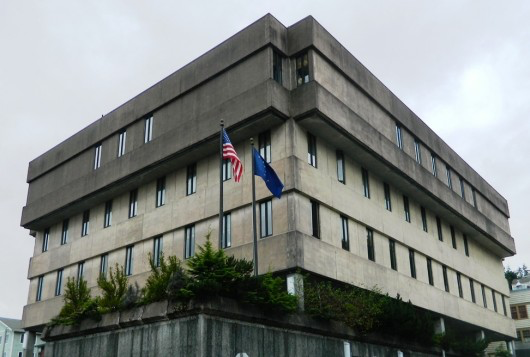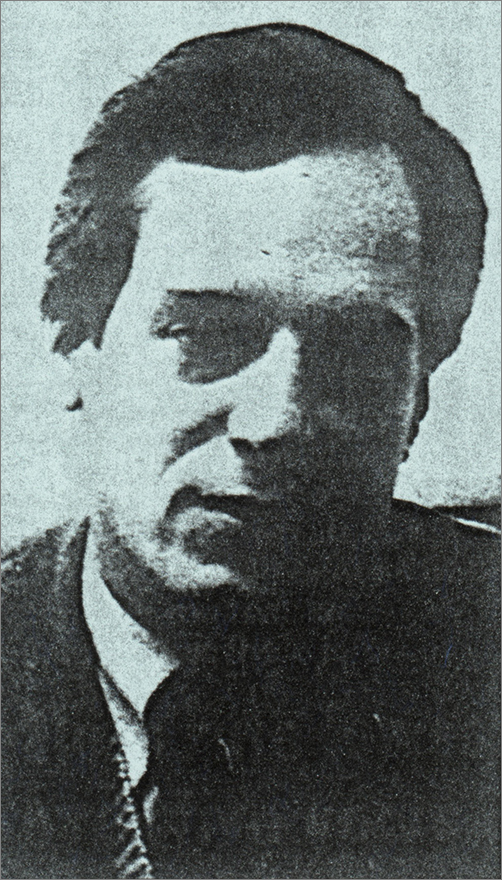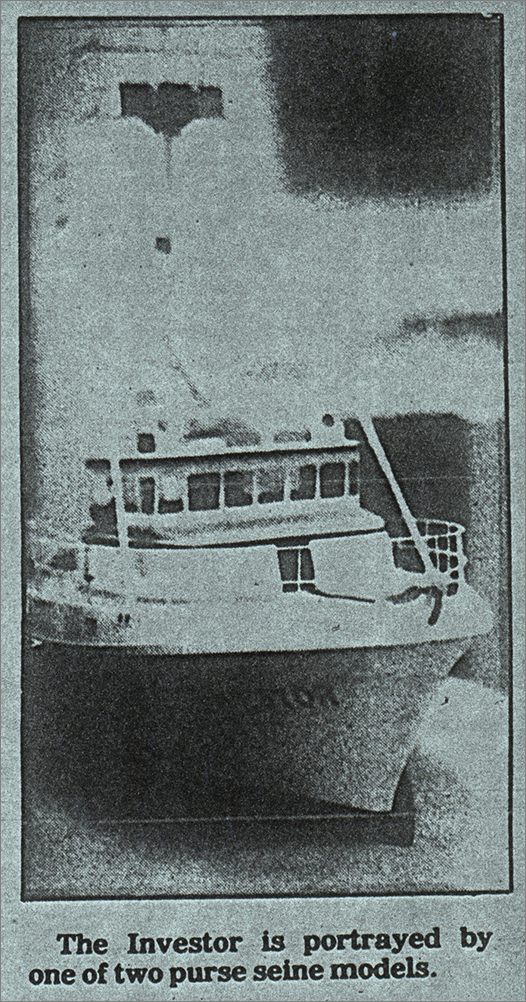There are truly strange moments during most trials. Sometimes, they end up on the floor, forgotten as the trial plows on. Sometimes they tell us more. We offer these nuggets from the Peel trial because they provide a slightly skewed perspective on what was, from the very beginning, a high-stakes proceeding.
I haven’t consciously tried to order them. I do, however, attempt to end on a lighter note.

- Peel defense attorneys threaten to withdraw: In December 1985, three weeks before the trial was to begin, Phillip Weidner and Brant McGee threatened to leave the case unless the judge set the trial out nine more months and gave them time to prepare Peel’s defense. Judge Schulz scheduled a hearing, but told the attorneys, “I’m going to insist that the defense paint or get off the ladder.” The defense ended up painting.
- John Peel tries to be co-counsel: In January 1986, John Peel’s attorneys entered a motion that would allow him to act as co-counsel. “He wants to participate in the trial where his life is on the line,” said Brant McGee. “We won’t let him do anything to disturb the decorum of the court.” It was left to the prosecution to note that doing so would allow Peel to argue his innocence without having to face cross-examination. It would also offer the possibility to appeal any future convictions on grounds Peel was not competent to defend himself. Judge Schulz denied the motion, saying that he had “noted absolutely no problem” with Peel’s ability to confer with his attorneys.

- Fight over scale-models: In preparation for trial, the State had model maker Vigo Rauda build three scale models of Craig. That was strange enough. Then there was the cost. A whopping $26,000. Two of the models were 8-to-6 foot long aerial views of Craig as it was in 1982, when the murders occurred. A third model depicted five replicas of purse-seiners moored at the North Cove dock. One of the seiners was a scale-model of the Investor. A second was a scale-model of the Libby 8, where John Peel crewed that summer.

- Scale-models Fight (cont.): Phillip Weidner complained that because only the Investor and the Libby 8 were painted, it created an unfair, “subliminal” connection between the two boats. “Their theory is that Mr. Peel went from the Libby 8 to the Investor and committed the murders,” he claimed. “It’s like painting a BIG GUILTY PICTURE with an arrow pointing to Mr. Peel and flashing it on the walls during the trial.” [emphasis added]
- Scale-models Fight (concluded): Judge Schulz allowed the models to stay, noting that jurors would likely connect the two fishing boats during the trial anyway. And, Schulz noted, jurors would visit Craig in person, so they could see for themselves what things looked like.
- Judge Schulz drives in Craig: What a strange sight, indeed. During a visit to work out the logistics of the jury visit to Craig, Judge Schulz was stopped by Craig police and warned for speeding. During the actual tour several weeks later, Schulz decided to drive, uh… more cautiously.
Excerpts from the unpublished original manuscript, “Sailor Take Warning,” by Leland E. Hale. That manuscript, started in 1992 and based on court records from the Alaska State Archive, served as the basis for “What Happened in Craig.”
Copyright Leland E. Hale (2020). All rights reserved.

Order “What Happened In Craig,” HERE and HERE. True crime from Epicenter Press.